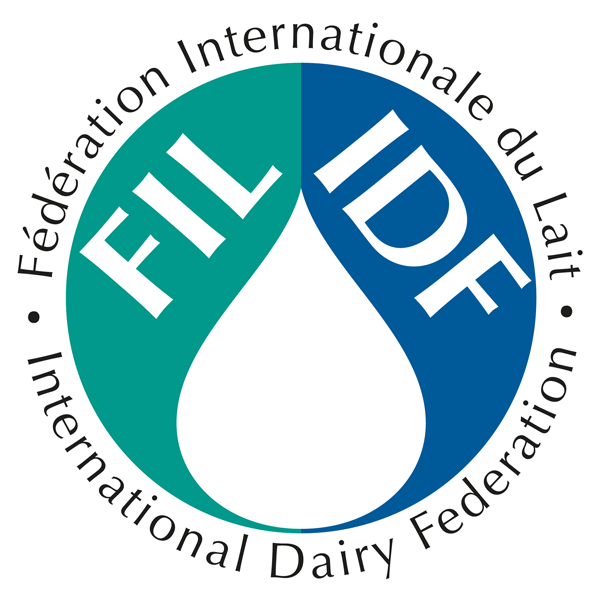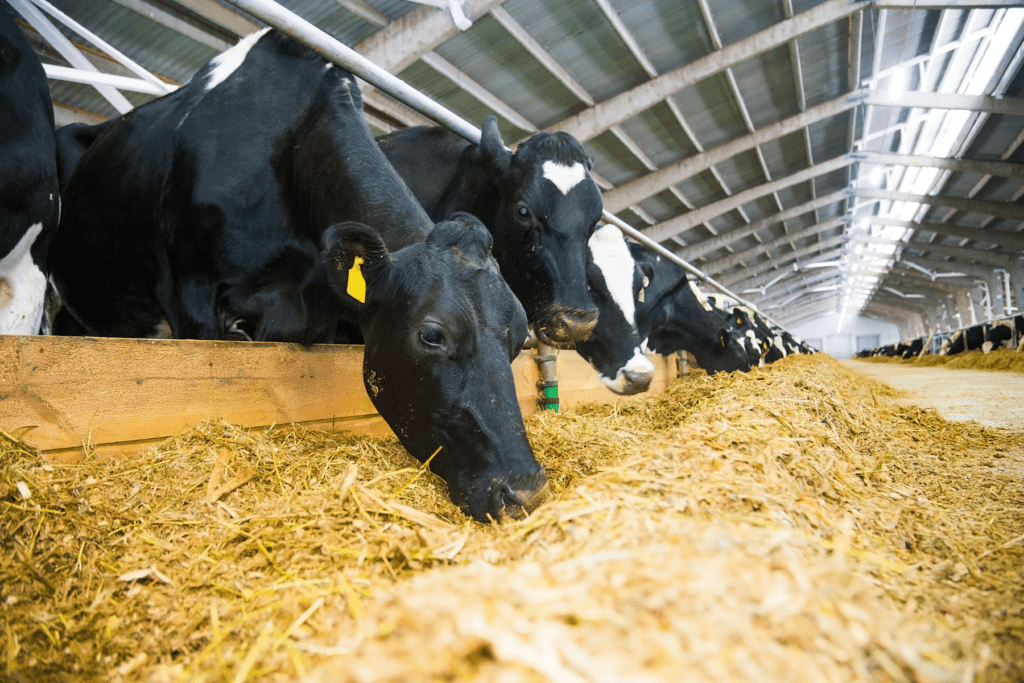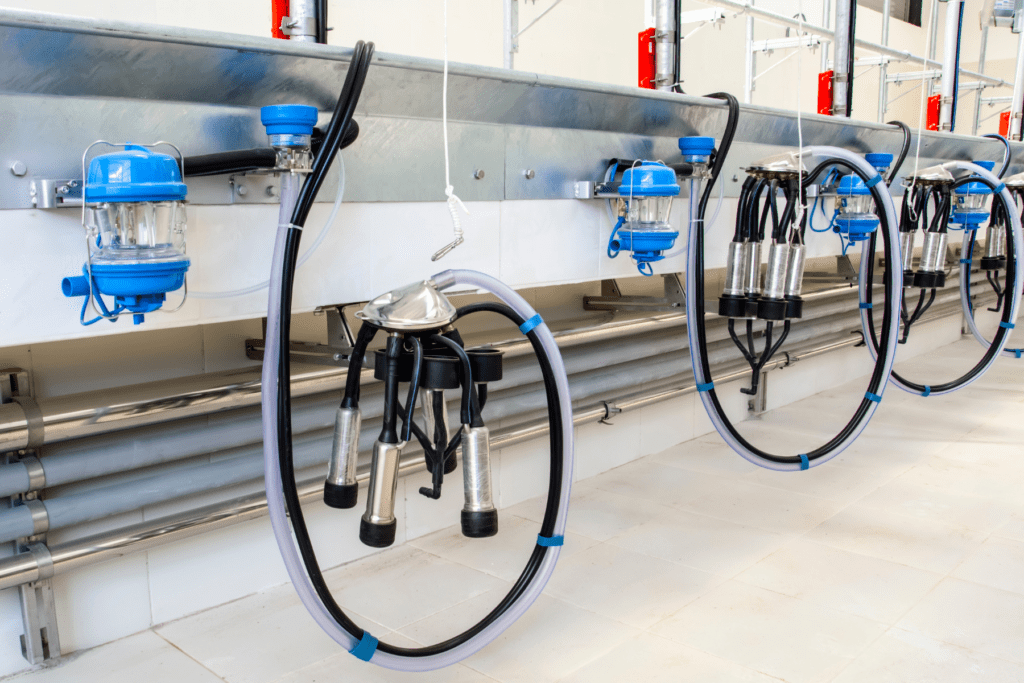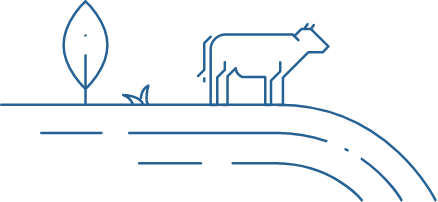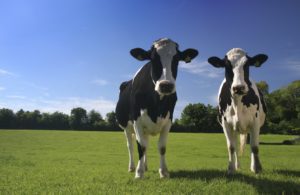
Animal welfare is becoming increasingly important to farmers, consumers, and retailers. In this regard, the reliable assessment of welfare on dairy farms is a crucial step in herd management and farm assurance, but potentially also for cattle breeding.
The implementation of suitable welfare indicators is spreading across the world, and it involves research institutes and universities, breeding organizations, and retailers using animal welfare to differentiate their product. However, at present, a harmonised use on types of animal-based indicators and the use of appropriate thresholds is missing.
Benefits of harmonisation
Moving towards harmonisation of welfare indicators for dairy cattle could increase reliability and transparency. To further explore this possibility, IDF and ICAR held an online workshop on 9 June, with the aim of presenting background information on the need for animal welfare assessment, the implementation of welfare assessment protocols to assess animal welfare on farms, the potential sources and synergies in uses of the information.
Building on the IDF Guide to Good Animal Welfare in Dairy Production 2.0, the workshop presented background information on the need for animal welfare assessments, the implementation of welfare assessment protocols to assess animal welfare on farms, and the potential sources and synergies in uses of the information, including joint use of animal-based welfare indicators. It also explored how harmonization of such parameters could be implemented in practise, giving examples of how harmonization of indicators has been achieved.
IDF Chair of the Standing Committee of Animal Health and Welfare, Dr Olav Østerås said:
“The dairy sector is committed to implementing best practices to ensure animal welfare based on scientific evidence and reference standards. Good animal welfare has a positive effect on the animals, but also on production and the economic performance of the farm, as well as the well-being of farmers. Consumers pay more attention on animal welfare of production animals. Documentation and performance will therefore impact the future market for animal food products. Animal-based criteria, which are measures taken on animals, can be used as indicators of animal welfare. This workshop was a useful step in the discussion of how universal harmonization might be achieved”.
Workshop findings
The workshop indicated that preferentially, direct measures, the responses of the animal to the dairy production system, should be used to assess and monitor welfare. Different indicators should be used for the different situations in which dairy cattle are managed.
Information presented included animal welfare recording initiatives, focusing on animal-based indicators from different countries. The workshop concluded with representatives of different stakeholders involved in welfare recording expressing their views on further steps to be taken toward harmonization of animal welfare indicators worldwide.
- For more information: Watch the video of the webinar Animal-based indicators to promote welfare in cows
- If you want to submit your questions or comments, please take this survey: Click Here
